
Heinrich Wilhelm "Heinz" Rühmann was a German film actor who appeared in over 100 films between 1926 and 1993. He is one of the most famous and popular German actors of the 20th century, and is considered a German film legend. Rühmann is best known for playing the part of a comic ordinary citizen in film comedies such as Three from the Filling Station and The Punch Bowl. During his later years, he was also a respected character actor in films such as The Captain from Köpenick and It Happened in Broad Daylight. His only English-speaking movie was Ship of Fools in 1964.
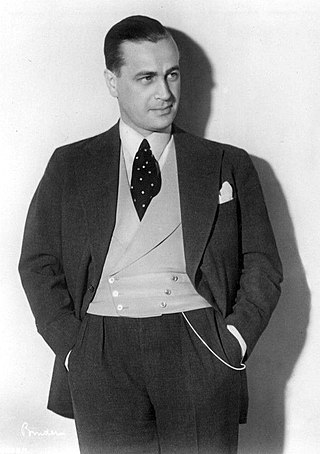
Karl Ludwig Diehl was a German film actor. He appeared in 66 films between 1924 and 1957. His father was Karl Diehl, the German professor of Anarchism.

The Fox of Glenarvon is a German propaganda film from the Nazi era portraying the years of the Irish fight for independence during World War I. It was produced in 1940 by Max W. Kimmich and starred Olga Tschechowa, Karl Ludwig Diehl, Ferdinand Marian and others. The screenplay was written by Wolf Neumeister and Hans Bertram after a novel of the same title by Nicola Rhon that had been published at Ullstein publishing house in 1937. It was made at the Johannisthal Studios in Berlin, with sets designed by the art directors Wilhelm Depenau and Otto Erdmann. The shoot lasted from December 1939 to February 1940. It passed censorship on 22 April 1940 and had its debut in Berlin's Ufa-Palast am Zoo two days later.
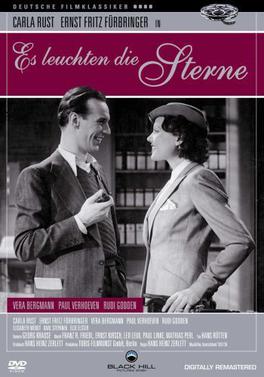
The Stars Shine is a 1938 German musical revue directed by Hans H. Zerlett and written by Zerlett and Hans Hannes.
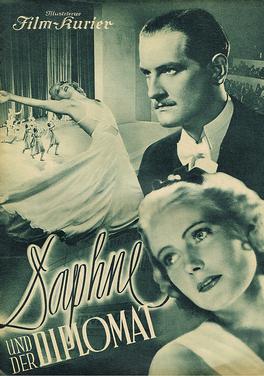
Daphne and the Diplomat is a 1937 German comedy film directed by Robert A. Stemmle and starring Karin Hardt, Gerda Maurus and Hans Nielsen.

Karin Hardt Meta Therese was a German actress.
Der Herr im Haus is a 1940 German film directed by Heinz Helbig.

A Waltz Dream is a 1925 German silent drama film directed by Ludwig Berger and starring Willy Fritsch, Mady Christians and Xenia Desni. It was based on the 1907 operetta Ein Walzertraum composed by Oscar Straus. It was influential on the development of later Viennese operetta films. Unlike many of UFA's ambitious productions of the 1920s, A Waltz Dream managed to recover its production cost in the domestic market alone.

Waltz of Love is a 1930 German musical film directed by Wilhelm Thiele and starring Lilian Harvey, Willy Fritsch and Georg Alexander. It was shot at the Babelsberg Studios in Berlin with sets designed by the art director Erich Kettelhut. It premiered at the Gloria-Palast in Berlin on 7 February 1930. A separate English language version The Love Waltz was also produced.

The Swedish Nightingale is a 1941 German musical film directed by Peter Paul Brauer and starring Ilse Werner, Karl Ludwig Diehl, and Joachim Gottschalk. The film is based on a play by Friedrich Forster-Burggraf set in nineteenth century Copenhagen. It portrays a romance between the writer Hans Christian Andersen and the opera singer Jenny Lind, the "Swedish Nightingale" of the title.
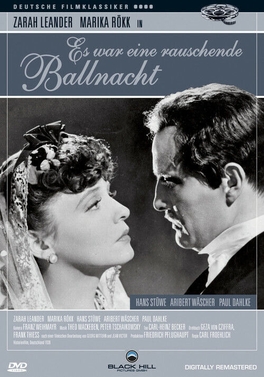
The Life and Loves of Tschaikovsky or It Was a Lovely Night at the Ball is a 1939 German historical drama film directed by Carl Froelich and starring Zarah Leander, Aribert Wäscher and Hans Stüwe. The film portrays the fictional relationship between the Russian composer Pjotr Iljitsch Tschaikowsky and an aristocratic woman who, unhappily married, falls in love with him and decides to secretly support his work financially. It premiered on 13 August 1939 at the Venice Film Festival.

Maria Ilona is a 1939 German historical drama film directed by Géza von Bolváry and starring Paula Wessely, Willy Birgel, and Paul Hörbiger. The film is set in Austria during the reign of Ferdinand I. It is an adaptation of Oswald Richter-Tersik's novel Ilona Beck.

The Deruga Case is a 1938 German crime drama film directed by Fritz Peter Buch and starring Willy Birgel, Geraldine Katt and Dagny Servaes. It is based on the 1917 novel of the same title by Ricarda Huch. It was shot at the Babelsberg Studios in Potsdam. The film's sets were designed by the art directors Wilhelm Depenau and Ludwig Reiber.
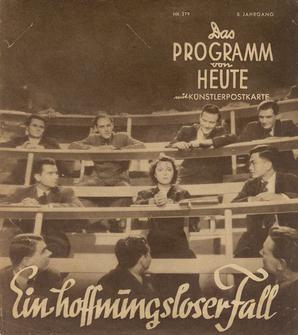
A Hopeless Case is a 1939 German comedy film directed by Erich Engel and starring Jenny Jugo, Karl Ludwig Diehl and Hannes Stelzer.
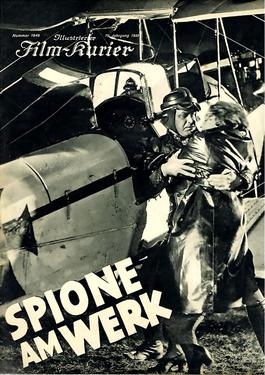
Spies at Work is a 1933 German thriller film directed by Gerhard Lamprecht and starring Karl Ludwig Diehl, Brigitte Helm, and Eduard von Winterstein. A spy film, it is set during the First World War conflict between Austria and Italy.
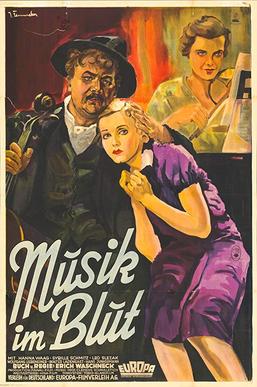
Music in the Blood is a 1934 German drama film directed by Erich Waschneck and starring Leo Slezak, Hanna Waag and Sybille Schmitz. Location shooting took place in Dresden.

Bandits of the Autobahn is a 1955 West German crime film directed by Géza von Cziffra and starring Eva Ingeborg Scholz, Hans Christian Blech and Paul Hörbiger.

But It's Nothing Serious is a 1936 Italian "white-telephones" romantic comedy film directed by Mario Camerini and starring Vittorio De Sica, Elisa Cegani and Assia Noris. It is based on a play by Luigi Pirandello. Two years later Camerini remade it as a German film The Man Who Couldn't Say No.

Große Berliner Kunstausstellung , abbreviated GroBeKa or GBK, was an annual art exhibition that existed from 1893 to 1969 with intermittent breaks. In 1917 and 1918, during World War I, it was not held in Berlin but in Düsseldorf. In 1919 and 1920, it operated under the name Kunstausstellung Berlin. From 1970 to 1995, the Freie Berliner Kunstausstellung was held annually in its place.

















